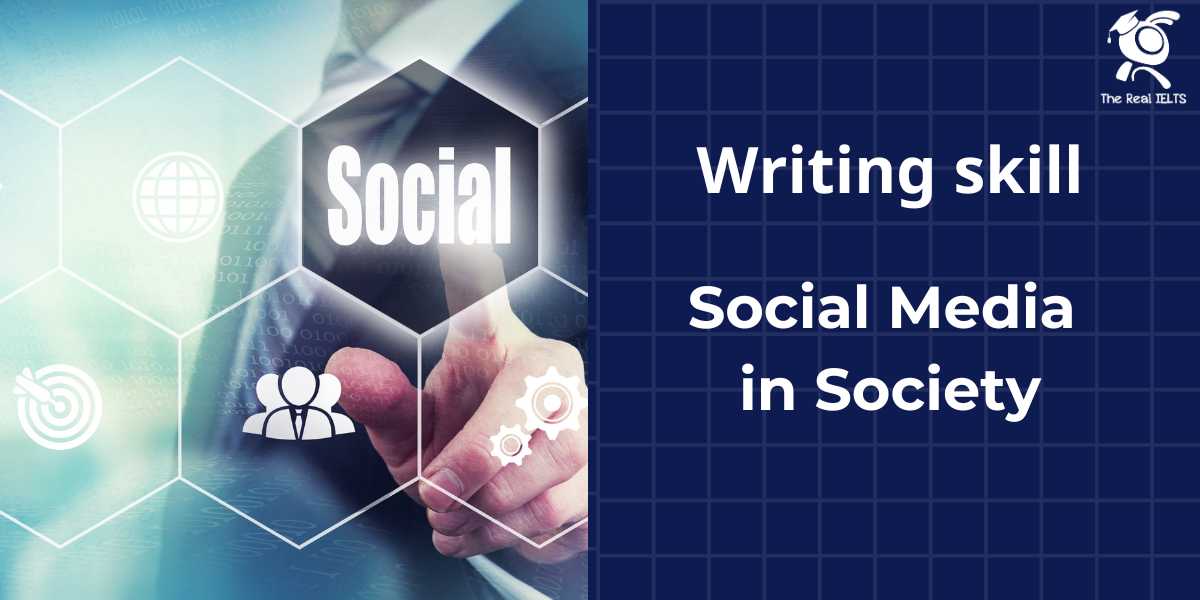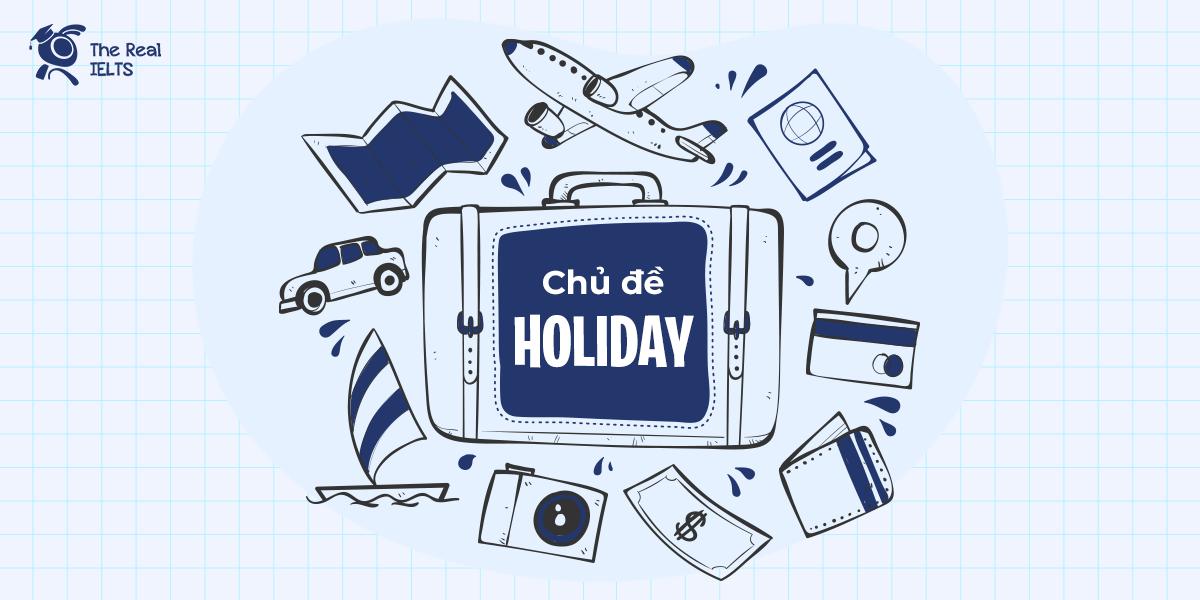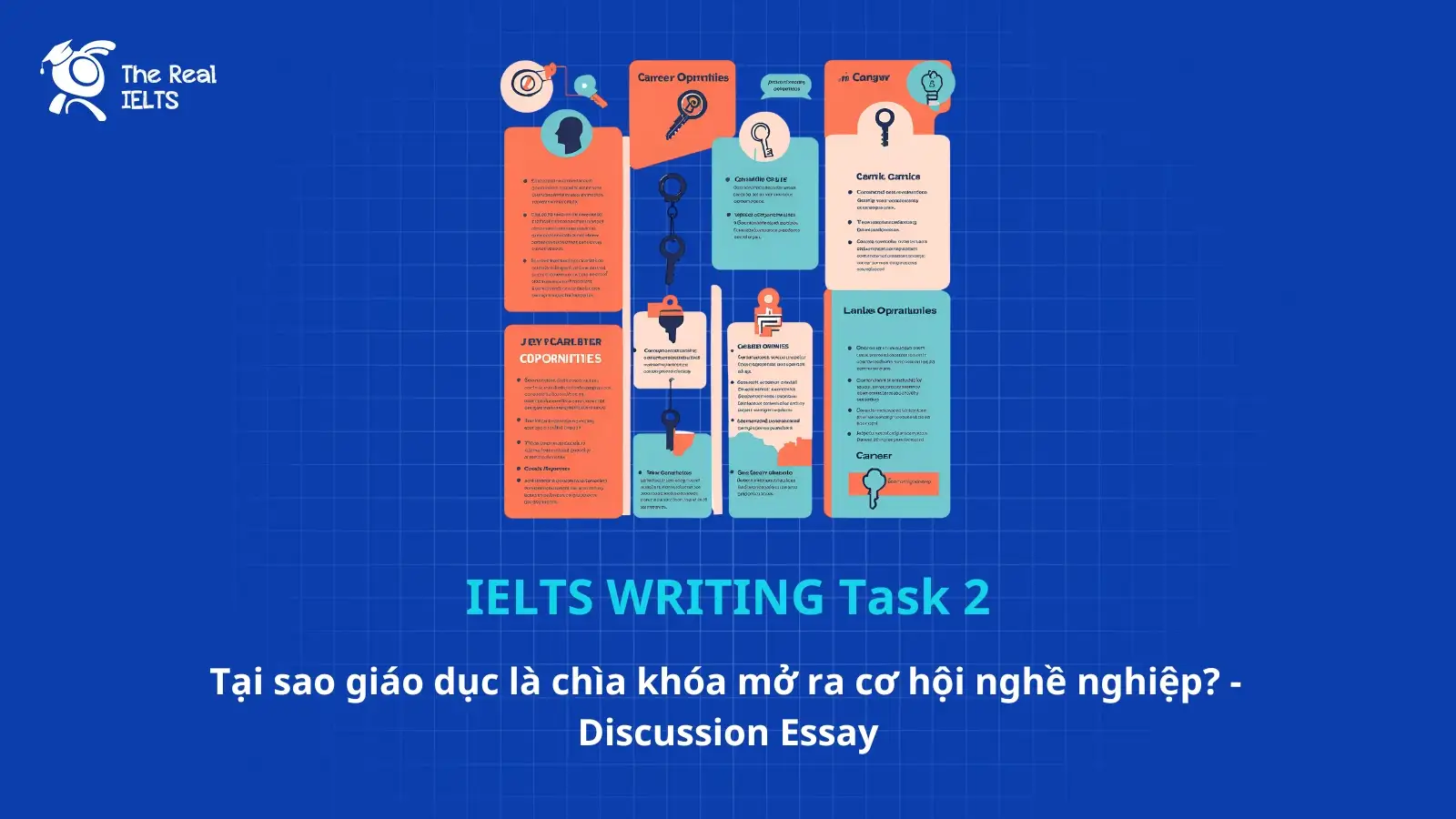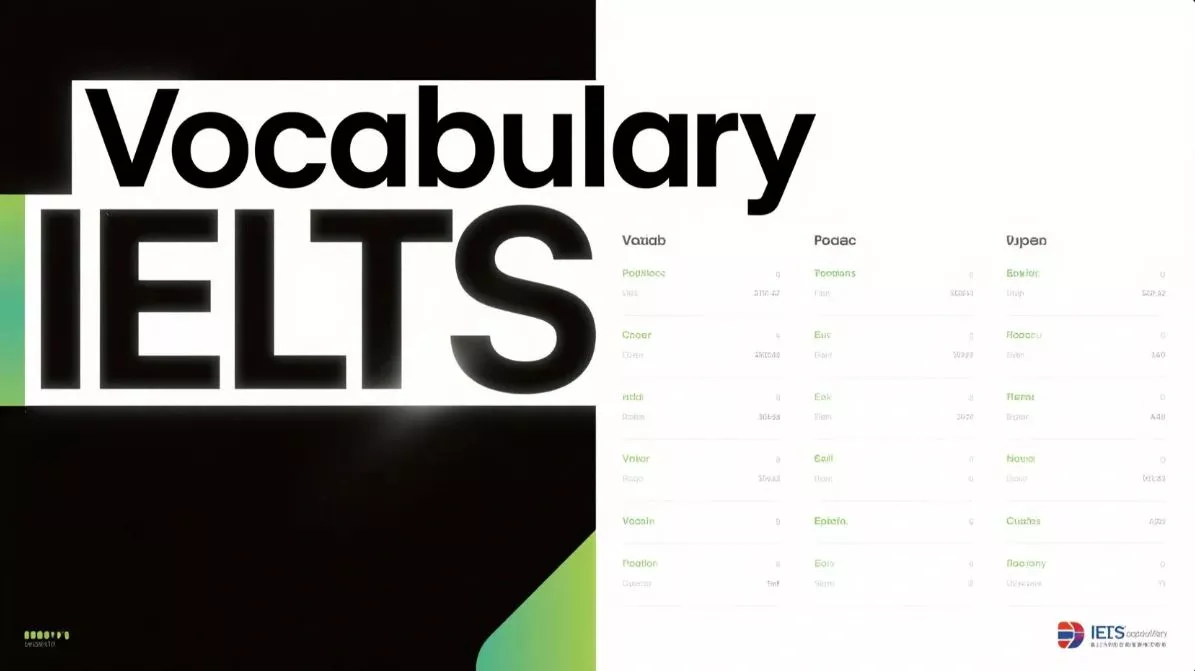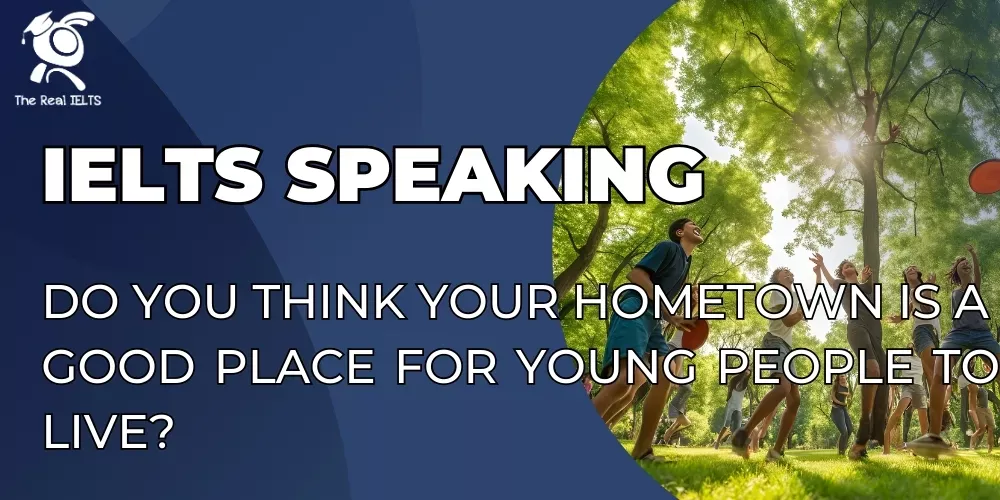Đề thi IELTS Reading có tiêu đề “The Psychology of Consumer Behavior”
Nhớ đọc thêm các bài luyện thi IELTS nhé.
IELTS Reading: “The Psychology of Consumer Behavior”
The Psychology of Consumer Behavior
Consumer behavior is a complex and multifaceted phenomenon, deeply rooted in psychological processes. Understanding why individuals make certain purchasing decisions requires a comprehensive exploration of cognitive, emotional, and social influences. As markets evolve and consumers are bombarded with a plethora of choices, the psychological factors driving consumer behavior have become increasingly important for businesses seeking to tailor their strategies and offerings effectively.
One of the fundamental concepts in the psychology of consumer behavior is perception. Perception refers to the way consumers interpret and make sense of the world around them. It involves how they select, organize, and interpret stimuli from the environment to form a meaningful picture. For instance, when exposed to an advertisement, consumers may perceive the product differently based on their previous experiences, beliefs, and attitudes. This is why marketers invest heavily in creating compelling visuals and messages that resonate with their target audience, aiming to influence perception in a way that aligns with their brand image.
Motivation is another crucial psychological factor influencing consumer behavior. At its core, motivation is what drives a consumer to satisfy their needs and desires. Abraham Maslow’s hierarchy of needs is often cited in this context, categorizing human needs into five levels: physiological, safety, love/belonging, esteem, and self-actualization. Consumers’ purchasing decisions are often motivated by the desire to fulfill these needs. For example, someone purchasing a luxury car may be motivated by the need for esteem and status, while another person buying a basic, reliable vehicle may be motivated by the need for safety and security. Marketers who understand these underlying motivations can craft strategies that appeal directly to the specific needs of different consumer segments.
In addition to perception and motivation, learning plays a significant role in shaping consumer behavior. Learning in this context refers to the changes in an individual’s behavior arising from experiences. When consumers are exposed to a new product or brand, they undergo a learning process that influences their future purchasing decisions. This can be through classical conditioning, where a consumer associates a product with a positive experience, or operant conditioning, where repeated positive outcomes from a purchase reinforce the behavior. For example, a consumer who consistently enjoys the quality of a particular brand of coffee is likely to develop brand loyalty, learning to prefer that brand over others.
Attitudes are also critical in understanding consumer behavior. An attitude is a learned predisposition to respond in a consistently favorable or unfavorable manner with respect to a given object, person, or issue. Attitudes are composed of three components: cognitive (beliefs and knowledge), affective (feelings and emotions), and behavioral (intentions and actions). These components interact to influence how consumers evaluate products and make purchasing decisions. For example, a consumer with a positive attitude toward environmental sustainability is more likely to purchase eco-friendly products. Businesses often strive to shape consumer attitudes through persuasive communication, advertising, and public relations, emphasizing attributes that align with the consumers’ values and beliefs.
The social environment is another powerful influence on consumer behavior. Humans are inherently social beings, and their purchasing decisions are often influenced by social factors such as family, friends, and social media. The concept of social proof, for instance, illustrates how consumers tend to conform to the behavior of others, especially when they are uncertain. When a product is endorsed by celebrities, influencers, or even just a large number of people, it creates a bandwagon effect, encouraging others to make similar purchases.
Social identity theory further explains how individuals’ self-concepts are shaped by their membership in social groups, leading them to buy products that reinforce their identity within that group. For instance, a consumer might purchase a particular brand of sneakers because it is popular within their peer group, thereby signaling their belonging and aligning themselves with the group’s identity.
Emotion is another powerful driver of consumer behavior. Emotional responses to marketing stimuli can significantly impact purchasing decisions, often in ways that consumers themselves may not be fully aware of. Emotions can be triggered by various aspects of a product or its presentation, such as the color, packaging, or even the background music in a commercial. Positive emotions such as happiness and excitement can lead to impulsive buying, while negative emotions like fear or sadness can also be leveraged by marketers to promote products that offer comfort or relief. Understanding the emotional triggers that resonate with consumers allows businesses to create more effective marketing campaigns that connect on a deeper, more personal level.
Finally, cognitive dissonance is a psychological phenomenon that often occurs after a purchase has been made. It refers to the discomfort a consumer feels when they hold conflicting thoughts about a decision, such as regretting a purchase or questioning whether they made the right choice. This dissonance can lead to post-purchase behavior such as returning the product, seeking reassurance through positive reviews, or even avoiding the brand altogether in the future. Marketers aim to reduce cognitive dissonance by offering guarantees, providing excellent customer service, and reinforcing the consumer’s decision through follow-up communication that highlights the benefits of the purchase.
In conclusion, the psychology of consumer behavior is a rich field that encompasses various psychological processes, including perception, motivation, learning, attitudes, social influence, emotion, and cognitive dissonance. Understanding these factors allows businesses to better predict and influence consumer behavior, ultimately leading to more effective marketing strategies and improved customer satisfaction.
As the marketplace continues to evolve with new technologies and trends, staying attuned to the psychological underpinnings of consumer behavior will remain crucial for businesses aiming to succeed in a competitive environment.In conclusion, the growth of e-commerce has brought about profound changes in the way businesses operate and consumers interact with the market. While e-commerce offers numerous benefits, including convenience, access to a global market, and data-driven insights, it also presents significant challenges, such as increased competition, the need for digital infrastructure, and the potential for job displacement.
As e-commerce continues to evolve, it is essential for businesses, consumers, and policymakers to adapt to the changing landscape and harness the opportunities it presents while addressing its potential drawbacks. The future of commerce is undoubtedly digital, and those who can navigate this transformation will be well-positioned to thrive in the new economy.
Đề bài thi IELTS Reading
Multiple Choice
- What is perception in consumer behavior?
- A) The way consumers interpret and make sense of stimuli.
- B) The motivation behind consumer decisions.
- C) The emotional response to marketing.
- D) The influence of social factors on purchasing.
- Which need is related to purchasing a luxury car according to Maslow’s hierarchy?
- A) Physiological
- B) Safety
- C) Esteem
- D) Self-actualization
- What type of learning is involved when a consumer prefers a brand after repeated positive experiences?
- A) Classical conditioning
- B) Operant conditioning
- C) Cognitive learning
- D) Observational learning
- Which of the following is not a component of attitude?
- A) Cognitive
- B) Behavioral
- C) Emotional
- D) Perceptual
- How do social factors influence consumer behavior?
- A) Through individual perception
- B) By triggering emotions
- C) Via social proof and conformity
- D) By affecting cognitive dissonance
- Which emotion is likely to lead to impulsive buying?
- A) Fear
- B) Sadness
- C) Happiness
- D) Discomfort
- What do marketers use to reduce cognitive dissonance after a purchase?
- A) Advertising
- B) Guarantees and customer service
- C) Social proof
- D) Emotional triggers
- What is the primary goal of understanding consumer behavior psychology for businesses?
- A) To reduce costs
- B) To predict and influence consumer decisions
- C) To improve product quality
- D) To increase social influence
True/False/Not Given
- Perception always leads to positive consumer behavior.
- A) True
- B) False
- C) Not Given
- Motivation in consumer behavior is solely driven by emotional needs.
- A) True
- B) False
- C) Not Given
- Operant conditioning is less effective than classical conditioning in consumer behavior.
- A) True
- B) False
- C) Not Given
- The affective component of attitude is related to feelings and emotions.
- A) True
- B) False
- C) Not Given
- Social proof is irrelevant in modern consumer behavior.
- A) True
- B) False
- C) Not Given
- Positive emotions are the only emotions that influence consumer behavior.
- A) True
- B) False
- C) Not Given
- Marketers cannot do anything to reduce cognitive dissonance.
- A) True
- B) False
- C) Not Given
- The concept of social identity theory explains why consumers buy products to fit in with their peer groups.
- A) True
- B) False
- C) Not Given
Yes/No/Not Given
- The author believes that perception is the most important factor in consumer behavior.
- A) Yes
- B) No
- C) Not Given
- The author suggests that all consumers are motivated by the need for self-actualization.
- A) Yes
- B) No
- C) Not Given
- The author considers classical conditioning as the most effective learning method in consumer behavior.
- A) Yes
- B) No
- C) Not Given
- The author is critical of the use of emotions in marketing.
- A) Yes
- B) No
- C) Not Given
- The author argues that businesses should ignore cognitive dissonance.
- A) Yes
- B) No
- C) Not Given
Matching Information
- Match the following concepts with their descriptions:
- A) Perception
- B) Motivation
- C) Learning
- D) Attitude
i) __ : The way consumers interpret stimuli. ii) __ : The drive to satisfy needs and desires. iii) __ : Changes in behavior based on experience. iv) __ : A predisposition to respond favorably or unfavorably.
- Match the following needs with their corresponding examples:
- A) Esteem
- B) Safety
- C) Physiological
- D) Love/Belonging
i) __ : Buying a luxury car. ii) __ : Purchasing a basic, reliable vehicle. iii) __ : Buying groceries. iv) __ : Choosing a gift for a friend.
Matching Headings
- Match the headings to the paragraphs:
- A) The Role of Perception
- B) How Motivation Drives Purchases
- C) The Impact of Learning on Consumer Behavior
- D) Social Influences and Consumer Decisions
i) __ : Paragraph about perception. ii) __ : Paragraph about motivation. iii) __ : Paragraph about learning. iv) __ : Paragraph about social influences.
Matching Features
- Match the following emotions with their likely consumer behavior outcomes:
- A) Happiness
- B) Fear
- C) Sadness
- D) Excitement
i) __ : Leads to impulsive buying. ii) __ : Promotes products offering comfort. iii) __ : Triggers purchases for safety or relief. iv) __ : Encourages spontaneous decision-making.
Matching Sentence Endings
- Match the sentence beginnings with their correct endings:
- A) Perception in consumer behavior is important because…
- B) Motivation influences consumer decisions by…
- C) Learning affects future purchasing decisions through…
- D) Social factors influence consumers by…
i) __ : …allowing marketers to shape how products are viewed. ii) __ : …driving individuals to fulfill specific needs. iii) __ : …experiences that reinforce certain behaviors. iv) __ : …creating a bandwagon effect.
Sentence Completion
- Perception involves how consumers select, organize, and interpret ________.
- According to Maslow, purchasing a luxury car fulfills the need for ________.
- Classical conditioning in consumer behavior is when a product is associated with a ________.
- The cognitive component of an attitude refers to ________.
- Social proof occurs when consumers follow the behavior of ________.
- Positive emotions such as happiness often lead to ________ buying.
- Cognitive dissonance can result in behaviors like returning the product or ________ the brand in the future.
Summary Completion
34-36. Fill in the blanks in the summary below using words from the text:
Understanding consumer behavior is crucial for businesses. The concept of ________ (34) helps explain how consumers interpret information, while ________ (35) drives them to satisfy their needs. Additionally, learning plays a role in shaping ________ (36) preferences through experiences.
Diagram Label Completion
37-40. Label the diagram based on the text (hypothetical diagram of Maslow’s hierarchy related to consumer behavior):
- A) ________ : Basic needs
- B) ________ : Safety needs
- C) ________ : Esteem needs
- D) ________ : Self-actualization needs
Đáp án bài thi IELTS Reading
Multiple Choice
- A) The way consumers interpret and make sense of stimuli.
- C) Esteem
- B) Operant conditioning
- D) Perceptual
- C) Via social proof and conformity
- C) Happiness
- B) Guarantees and customer service
- B) To predict and influence consumer decisions
True/False/Not Given
- B) False
- B) False
- C) Not Given
- A) True
- B) False
- B) False
- B) False
- A) True
Yes/No/Not Given
- C) Not Given
- B) No
- C) Not Given
- B) No
- B) No
Matching Information
i) A) Perception ii) B) Motivation iii) C) Learning iv) D) Attitude
i) A) Esteem ii) B) Safety iii) C) Physiological iv) D) Love/Belonging
Matching Headings
i) A) The Role of Perception ii) B) How Motivation Drives Purchases iii) C) The Impact of Learning on Consumer Behavior iv) D) Social Influences and Consumer Decisions
Matching Features
i) A) Happiness ii) C) Sadness iii) B) Fear iv) D) Excitement
Matching Sentence Endings
i) A) …allowing marketers to shape how products are viewed. ii) B) …driving individuals to fulfill specific needs. iii) C) …experiences that reinforce certain behaviors. iv) D) …creating a bandwagon effect.
Sentence Completion
- stimuli
- esteem
- positive experience
- beliefs and knowledge
- others
- impulsive
- avoiding
Summary Completion
- perception
- motivation
- consumer
Diagram Label Completion
37-40.
- A) Physiological needs
- B) Safety needs
- C) Esteem needs
- D) Self-actualization needs
Luyện tập bài khác ở bài viết:”100 bài luyện IELTS Reading 2024 – 2025“




